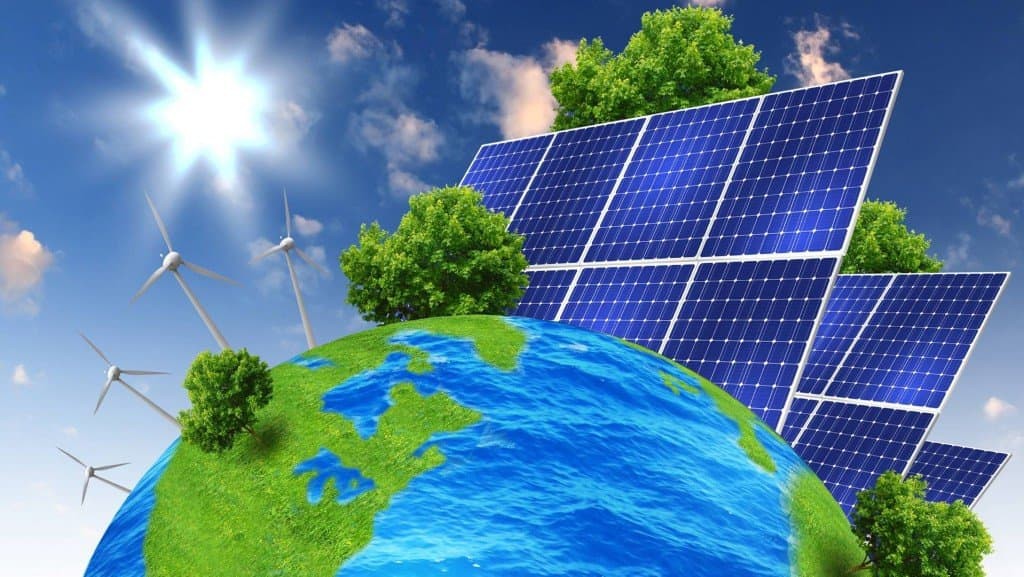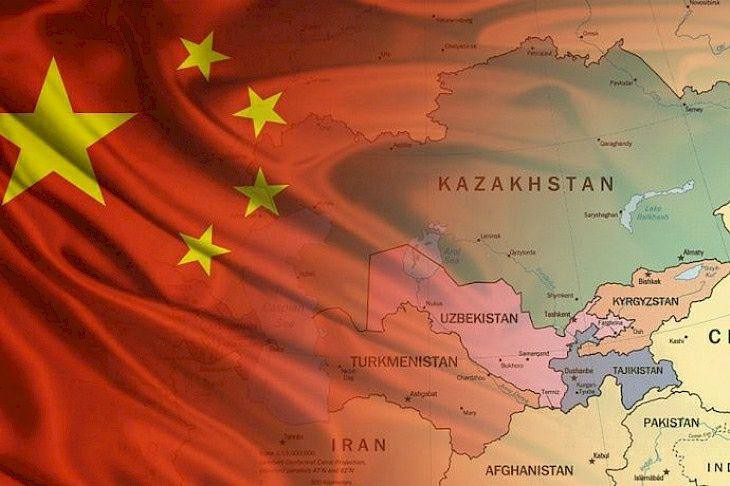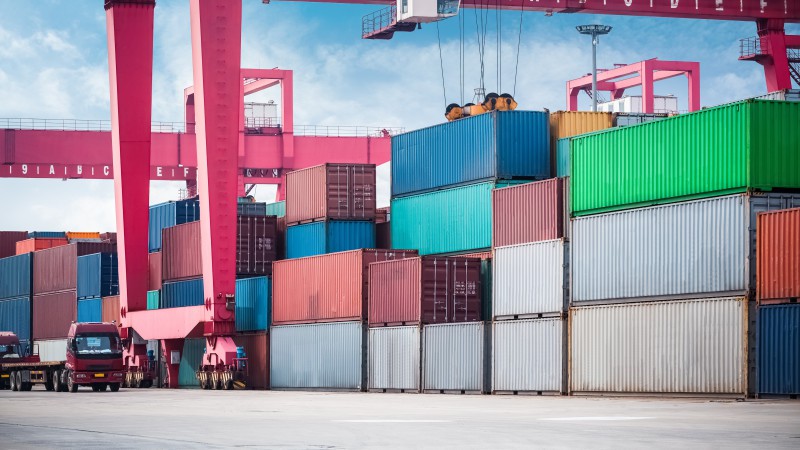The ESG agenda has emerged as one of the most important challenges at the worldwide level. Countries are working hard to mitigate the negative environmental impact of their industrial economies and to adapt output as much as feasible to green growth. Goals have been established, and commitments have been made to minimise greenhouse gas emissions. Kazakhstan has also joined in this endeavour. The Astana Finance Days international conference, dedicated to sustainable development, social responsibility, and growth, was held in Nur-Sultan last month.
The application of ESG principles in the actions of organisations, corporations, and firms – environmental responsibility and care for people – is becoming a global trend. According to analysts, firms who do not follow them will simply lose their market position in the long run.
Kazakhstan also launched the shift to a low-carbon development model, kicking off the domestic economy’s change. The list of requirements is quite extensive: it is necessary to attract new investments and technology, modernise existing businesses, build new manufacturing facilities, train specialists, and update legislation.
Analysts at finreview.kz determined if Kazakhstan would attain carbon neutrality by 2060, how ESG principles are implemented in the country, and what impact they have on the economy.
Over 120 trillion USD in assets are held by corporations that respect ESG principles
Let’s start with the concept of ESG. The acronym stands for environmental, social and governance. In a broad sense, the qualitative improvement of these three components ensures the achievement of the sustainable development goals, which are defined in the UN agenda and are aimed at improving the well-being of the population and protecting the planet. In other words, these are guidelines for reducing environmental, social, and corporate risks.
More and more investors are now opting for companies that adhere to these principles. And this tendency is fairly objective, because ESG compliance decreases the impact of risks and, as a result, has a beneficial influence on strengthening the company’s overall activities.
Environmental investments, sustainable development, alternative energy, and social projects are becoming important and long-term trends. Companies that embrace and implement ESG principles currently have worldwide assets worth more than 120 trillion USD. They have grown five times in the last ten years. As a result, it is evident that companies that reject this trend would be left without financing.
Kazakhstan is only getting started with the ESG agenda
Kazakhstan’s economic policy is gradually incorporating the ESG agenda as a key pillar. Through the approval of a variety of legislative documents, policies, and programmes, the country became the first in the Central Asian region to establish an organisational and legal foundation for the transition to green growth. For example, the criteria of green financing and its components – bonds, loans, and other financial instruments – were established at the legislative level in the new Environmental Code, which came into effect on July 1, 2021. This move increased market liquidity and became one of the catalysts for investment inflows into the country. As a result, a successful placement of green bonds of Samruk-Energy JSC took place on Astana International Exchange, the stock exchange of the Astana International Financial Centre. A public offering raised 18.4 billion KZT for the corporation.
ESG concepts are already being incorporated in manufacturing, in addition to different papers, agreements, declarations, and financial instruments. For example, work on modernising the Aitkali Zhakutov CHP-2 power plant Almaty began at the end of 2021, with the goal of transitioning to ecologically friendly gas. After the launch of gas installations, dangerous substance emissions from the station will fall from 50.4 thousand to 6.7 thousand tonnes per year by 2026, enhancing the environment in the country’s largest metropolis. This is one of the systemic state decisions on the green agenda’s execution.
Nonetheless, Kazakhstan is currently in its early stages of ESG development. To reach a zero-emissions balance, the government would need to make significant adjustments, which were discussed at the Astana Finance Days 2022 conference by top economists and chiefs of financial institutions.
First, expanding of the use of renewable energy
Kazakhstan’s electrical infrastructure is presently working near capacity constraints, with a production shortage caused by increased demand and more frequent power plant shutdowns. In 2021, the amount of power produced increased by 5.8% over the previous year. Previously, the growth averaged at 2.9%. And over the past ten years, higher growth rates were recorded only in 2017, when, after a decline in the crisis of 2015-2016, electricity generation increased by 9.6% year on year.
Last year’s growth in output occurred against the backdrop of a 6% increase in consumption. It is more closely related to the arrival of cryptocurrency miners on the market. Furthermore, grey miners who joined to the power grid as industrial firms or households accounted for approximately 40% of demand.
The share of electricity generation by coal-fired power plants was 69% in the energy consumption structure, 20% by gas, 8% by hydroelectric power plants, and 3.7% by renewable energy sources. According to the Concept for Kazakhstan’s Transition to a “Green Economy,” the share of alternative energy in total energy produced is intended to increase up to 50% by 2050, with an intermediate increase of 30% by 2030.
The deployment of green technologies is predicted to boost the energy efficiency of Kazakhstan’s economy by 30-50%, as well as reduce water consumption by 48%. Furthermore, the transition to a green growth model will assure an additional 3% GDP growth, the creation of nearly 500 thousand jobs, the formation of new sectors and services, and the expansion of living standards for the people.
However, unless Kazakhstan accelerates its transition to a green economy, inefficient resource consumption would result in economic losses. Long term, the country’s lost revenues will amount to 4-8 billion USD each year, with the sum rising to 18 billion USD by 2030.
Second, accelerating the decarbonisation process
Countries throughout the world are proclaiming intentions to attain carbon neutrality, which means recycling and reclaiming as much greenhouse gas emissions as they produce. For example, the European Union intends to achieve carbon neutrality by 2050. To do this, they intend to implement a cross-border carbon correction mechanism. This is, in effect, an environmental tax on imports, which would undoubtedly hurt Kazakhstan, which supplies them with goods.
The law will affect imports of ferrous metallurgy, cement, electricity, fertilisers, and aluminium into the EU for the first three years. The list of items will grow over time and may include, among other things, crude oil, Kazakhstan’s principal export product to Europe.
According to various projections, Kazakhstan might lose 207 million USD in export earnings each year with the implementation of a carbon tax when the price per tonne of carbon dioxide emissions is at 44 USD, and 352 million USD at a price of 88 USD, respectively. As a result, it is critical for Kazakhstan, whose economy is built on raw material exports, to immediately increase the adoption of technology and approaches for the decarbonisation of the oil and gas, mining, and metallurgical industries in order reduce financial losses.
Third, upgrading the production infrastructure
Kazakhstan’s transformation, including the shift to a green economy, is unachievable without the renovation and development of production infrastructure. Otherwise, the country will confront an environmental crisis and non-competitiveness of its mechanisms in the near future.
The situation is exacerbated by Kazakhstan’s inclusion on the list of the most energy-intensive countries. The energy intensity of the republic’s GDP is 3.2 times that of the OECD countries, 2 times that of Canada, and 1.5 times that of China. Nonetheless, the country has not experienced a serious shortage of electricity, and Kazakhstani manufacturers have approached the need for energy savings on a residual basis. However, because energy-producing enterprises are operating at full capacity, a shortfall is very likely. As a result, in order to secure the country’s energy security, it is critical to update the infrastructure of power generating firms while also increasing the energy efficiency of the economy’s sectors.
Fourth, building up investments
The shift to a low-carbon agenda will undoubtedly necessitate major investment. Kazakhstan will require approximately 3-4 billion USD per year. Foreign investors can support the country by giving tangible assistance.
Financial institutions operating in Kazakhstan, such as the Eurasian Development Bank, the Development Bank of Kazakhstan, the European Bank for Reconstruction and Development, the Astana International Financial Centre, KazakhExport, Kazyna Capital Management, and others, can help businesses attract investment funds.
For example, during its operation, the AIFC has attracted more than 6 billion USD in investments, comprising 4.3 billion USD in direct investments and 1.7 billion USD in portfolio investments.
In turn, investments will enable businesses to not only dedicate resources to the execution of the green agenda, but also to attract innovative goods, extend export geography, optimise business processes, and explore new markets for raw material purchases.





















